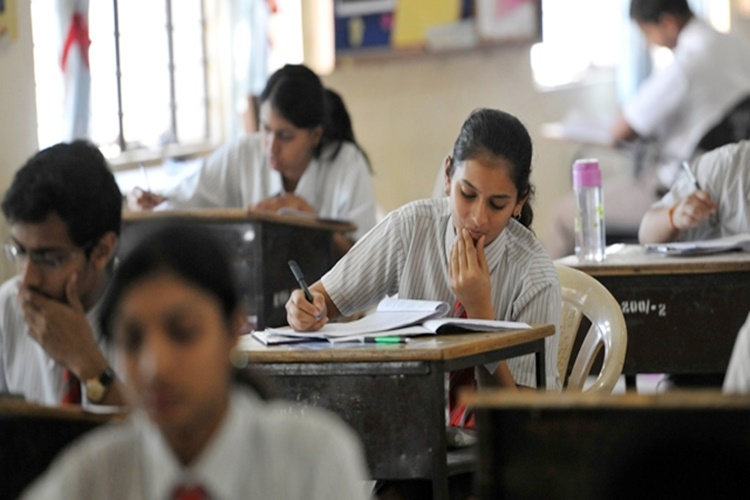The IITs (Indian Institutes of Technology) are the most sought-after and prestigious technical educational institutes in India. The IITs are higher-education public autonomous institutes meant for imparting higher education in various fields to the thousands of aspiring candidates across India. The IITs are governed and regulated by the Institutes of Technology Act, 1961. This Act has made and granted these institutions the rank of national importance. As such, every year, thousands of young aspirants look forward to clearing the IIT JEE exams and getting admission into one of the most reputed and highly prestigious technical institutes of India.
The Institutes of Technology Act, 1961, in addition to regulating the IITs also enlists 23 IITs. Each IIT tends to be an independent, autonomous institute which gets linked to the others through the IIT Council which is common to all. The IIT Council is responsible for overlooking the administration of the different IITs. All the IITs follow a common process of enrollment and admission of the aspiring and eligible candidates into the different IITs. For the undergraduate admissions, there is the Joint Entrance Examination (JEE) –Advanced. The results of the JEE Advanced help the students get admission into respective IITs as per the ranks obtained by them. Different IITs tend to have different ranking criteria or cut-offs for letting the students get admission into the prestigious institution.

If you are looking forward to appear for the JEE Advanced Registration 2018, then you must be aware of the different cutoffs for different IITs. This will help you in preparing in the best manner possible in order to get admission into your dream IIT.
What Factors Determine IIT JEE Advanced Cutoff 2018?
- Total number of candidates or applicants for the IIT JEE Advanced 2018
- Total number of questions asked in the paper of IIT JEE Advanced exam 2018
- Level of difficulty of the main exam
- Performance of the candidates in the given exam
- The cutoff trends of the previous years of different IITs
List of IITs and Ranks Accepted by Them
- IIT Kanpur: Rank range for General: 104-206, ST/SC: 37-75, OBC: 64-116
- IIT Kharagpur: Rank range for General: 160-262, ST/SC: 44-77, OBC: 82-127
- IIT Bombay: Rank range for General: 1-62, ST/SC: 1-22, OBC: 9-45
- IIT Rourke: Rank range for Genera: 261-449, ST/SC: 83-132, OBC: 129-202
- IIT Madras: Rank range for General: 26-177, ST/SC: 38-54, OBC: 23-80
- IIT Guwahati: Rank range for General: 415-670, ST/SC: 101-197, OBC: 212-318
Though these rank trends for the different IITs keep changing from one year to another, it is important to keep checking the official websites of individual IITs in order to be well-informed about the rank criteria for each one of them. The rank criteria also differ on the basis of different branches or courses offered by the IITs. If you are applying for the IIT JEE-Advanced 2018, then look out for the rank cutoff and prepare accordingly. Wishing you all the very best for your exams. Hope you emerge with flying colours.



